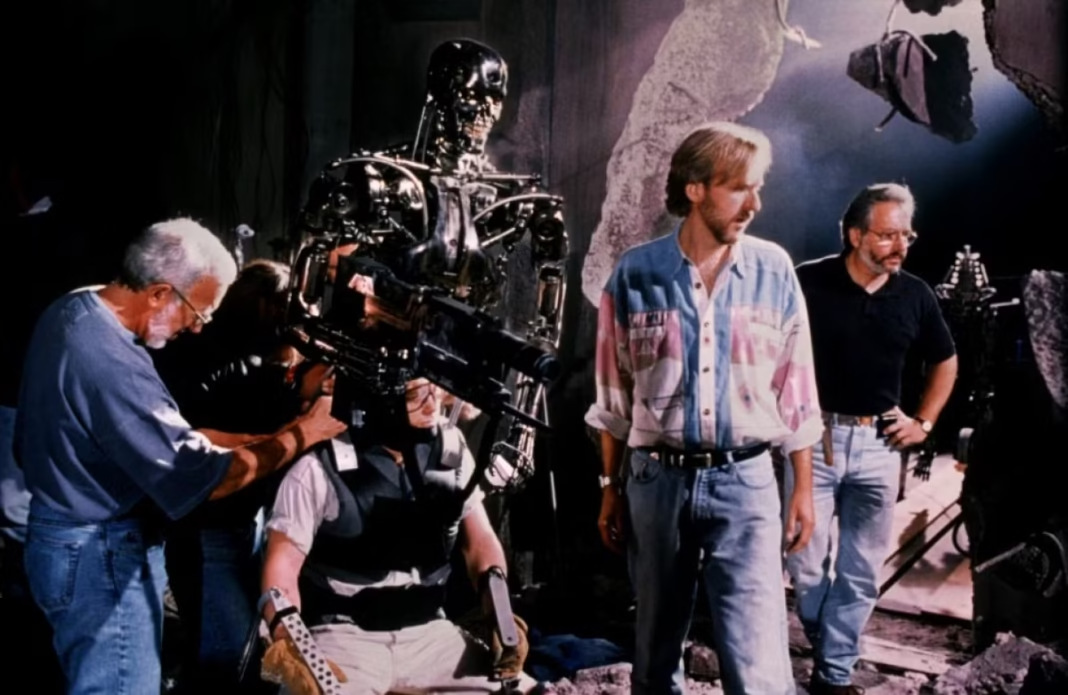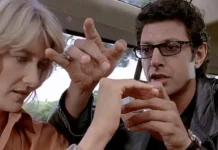In 1984, James Cameron unleashed a gritty, relentless sci-fi thriller that changed action cinema forever — and he did it for the price of a glorified indie film.
With a budget of just $6.4 million, The Terminator wasn’t supposed to be a blockbuster. It wasn’t backed by a major studio. It starred a relatively unknown Austrian bodybuilder, and it was directed by a guy whose last credit was Piranha II: The Spawning.
And yet it became one of the most iconic films of the 1980s — a masterclass in tension, visual storytelling, and practical ingenuity.
Here’s how The Terminator was a bargain even by 1984 standards, and how they saved money without sacrificing vision.
1. James Cameron Wrote the Script with a Budget in Mind
Unlike many big-name directors, Cameron started with the limitations. Knowing he’d be pitching a low-budget project, he intentionally wrote scenes that avoided expensive locations or visual effects.
That’s why much of The Terminator takes place at night, in back alleys, clubs, parking garages, and small apartments. Not just for tone — but because those are cheap to shoot.
2. Schwarzenegger Wasn’t a Superstar (Yet)
Arnold had done Conan the Barbarian, but he wasn’t the mega-star he’d become after The Terminator. He was paid just $75,000 for the entire film.
Cameron also famously pushed back on studio pressure to cast a more conventional “leading man” as the Terminator. His choice of Arnold — limited dialogue, maximum presence — turned out to be both artistically and financially genius.
3. Guerrilla Filmmaking Techniques
Cameron and crew often shot without permits — using a run-and-gun style borrowed from indie and exploitation films. Some scenes (like Reese running through downtown L.A.) were filmed with a minimal crew and handheld cameras to avoid the cost of permits, extras, and blocking off streets.
They literally stole shots, saving thousands.
4. Smart Use of Practical Effects
Instead of expensive VFX, Cameron leaned on practical makeup, miniatures, stop-motion, and animatronics. Stan Winston’s work on the Terminator endoskeleton, combined with clever lighting and editing, sold the illusion without million-dollar effects.
The full Terminator robot? Mostly seen in brief flashes, models, and puppetry — not full CGI (which didn’t even exist in usable form yet).
5. The Score Was Done Cheap, Fast — and Iconic
Brad Fiedel composed the now-iconic Terminator theme on a Prophet-10 synthesizer. He created the score in his garage, with minimal instrumentation, yet it became one of the most recognizable soundtracks in sci-fi history.
No full orchestra. No studio extravagance. Just cold, mechanical beats that perfectly fit the film’s mood.
6. It Didn’t Need a Studio Backlot
Many sci-fi or action films of the era were locked into studio-controlled sound stages or built sets. The Terminator was shot entirely on location around Los Angeles. Strip malls, seedy motels, and underground parking garages gave it an authenticity and grit that money can’t buy — and it saved a ton on set construction.
7. Cameron Took a Pay Cut — and the Long Game
James Cameron made only $1 for writing the script — literally. He sold the rights for a token fee to producer Gale Anne Hurd, on the condition that he could direct the film. He was betting on the back end.
And it paid off.
Final Reel: A Sci-Fi Classic Built Like a B-Movie
In a decade known for excess — massive blockbusters, franchise toys, exploding budgets — The Terminator stands out as a lean, mean filmmaking machine. It did what most films today can’t: turned every limitation into a strength.
$6.4 million in 1984 is roughly $18 million today — still lower than most indie thrillers. And yet it launched one of the greatest sci-fi franchises of all time.
Sometimes, all you need is a killer idea, a few smart corners to cut, and a cast and crew willing to run through L.A. at 2am with no permit.




